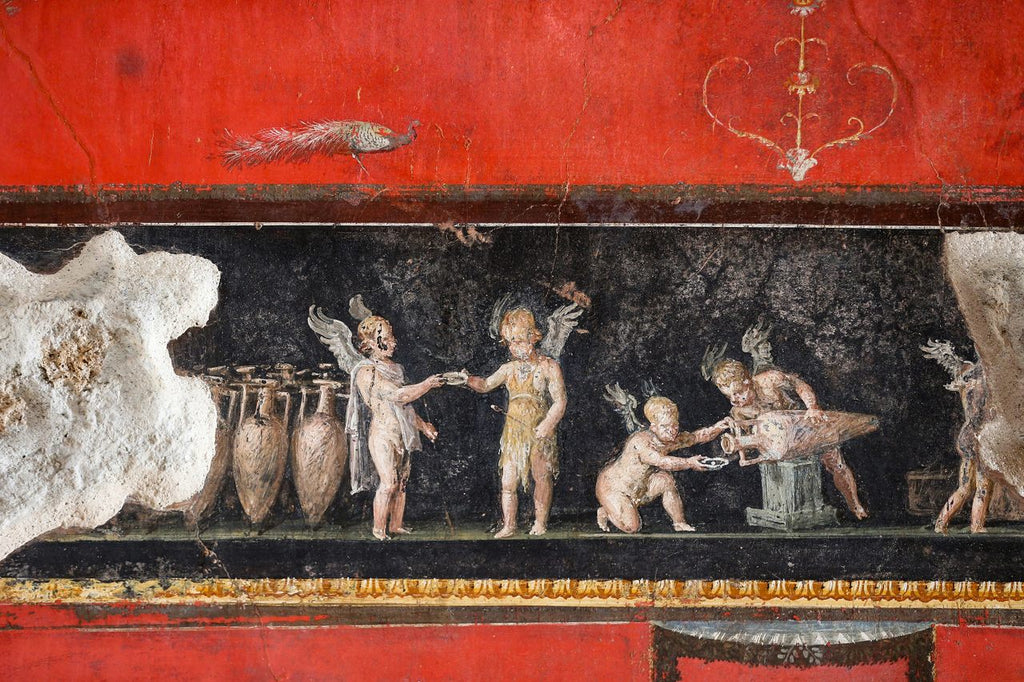Casting Histories:
The Erotic Museum in Your Bedroom 🌋

Risqué Art of Pompeii’s House of the Vettii via Getty Images
Pompeii’s Plaster Casts 👻
It’s spooky season, and what better companion to ghosts than plaster?
In 1863, Giuseppe Fiorelli lit a strange kind of séance in Pompeii. He filled voids left by bodies in volcanic ash with wet plaster, creating plaster casts of people caught mid-moment in the eruption. Suddenly, centuries of silence took shape with lovers curled together, a mother shielding her child, and other gestures frozen mid-breath. It was more resurrection than excavation, and an early act of body casting that blurred the line between art, death, and desire.
So, in honor of our fascination with molding the body in all its forms, let’s dig into our “Casting Histories” series, starting with how one archaeologist accidentally pioneered the art of immortalizing the human body!

Fiorelli’s Voids, Ash & Plaster
Fiorelli noticed that after human bodies decomposed, the ash left behind empty cavities. He poured plaster into those hollows, and when it hardened, he chipped away the ash to reveal ghostly figures.
Over a hundred casts exist today. Some were damaged in wartime, but 3D scanning now helps preserve them for new generations. Among the most striking is “The Two Maidens”, who were once assumed female, now thought to be male.

Echoes in Modern Body Casting
Fiorelli’s method and modern intimate casting share DNA: both are acts of honoring body, texture, vulnerability.
Our kits let people preserve forms of bodies in consensual, playful, creative ways. From volcanic ash to molding gel, the journey of body casting is one of memory and presence. Want to try your own version and imagine how your body could leave a lasting imprint? Check out our shop here.



